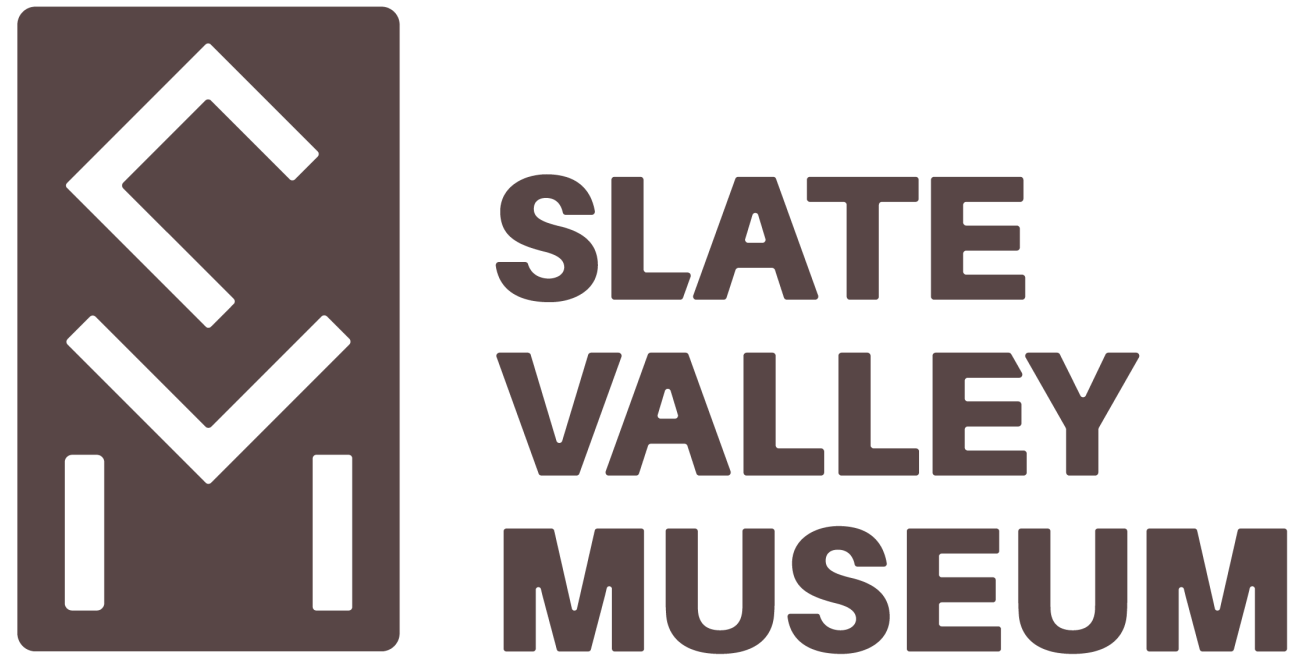HISTORY
Slate Valley and The Slate Industry
Geography of The Slate Valley
The Slate Valley extends approximately twenty-four miles along the New York/Vermont border from Granville, NY and Rupert, VT north to Fair Haven, VT.
The area is about six miles wide. In 1839, slate deposits were discovered near Fair Haven, but quarrying was found impractical and uses for slate were limited. By the mid -1840s things began to change, and a strong future for the industry looked promising. The roof of a barn one mile south of Fair Haven was the first to be covered with slate in 1848. It was feared the barn would not withstand the weight of the stone. The barn is still standing today and the same slate roof is intact.
Early Slate Industry
With the industry ready to take off, many workers were recruited. In 1850, the first Welsh immigrants arrived in Fair Haven, and in 1852 thirty Welsh settlers arrived in Middle Granville. Several slate companies were formed. The biggest problem early on was the transportation of the quarried stone. In order to solve the problem, the Rutland and Washington Railroad, which had started in 1845, extended its lines to Poultney, VT and later to Salem, NY and Eagle Bridge, NY. This move allowed the industry to continue to grow.
Immigration to the Slate Valley
Immigration of workers to the Slate Valley increased with three hundred recruited from Wales in 1891 when the industry began to boom. And immigrants continued to come to the area through the 1890s and early 1900s - from Poland, Austria, Czechoslovakia, Yugoslavia, Italy, Ireland, Hungary and later Canada. Many were already skilled quarrymen as the Welsh had been when they first arrived in this country. Many were skilled in other types of mining as well.
The site of the present Slate Valley Museum and adjacent streets became home as row houses were built similar to those in Wales. Nearby homes were run as boarding houses, particularly by the Slovaks who waited to send for their families until they were established. They felt at home in a valley between two mountains, much like their native land.
The arrival of these peoples brought a great diversity of cultures to the Slate Valley. Although native languages and customs were often maintained in homes and neighborhoods and among church congregations, by the 1900s children were encouraged to become part of their "new country."
The 20th Century
World War I, the Great Depression of 1929 and World War II all took a toll on the slate industry and the economy of the area in general. During World War II, the slate industry virtually shut down because so much manpower was lost to the armed forces and defense industries. Several who left their communities did not return.
After the war many changes began which would end up creating a resurgence in the slate business. Methods of quarrying improved with the advent of more advanced mechanization, greatly increasing production. Methods of shipping also saw significant advances. The industry has progressed much to the credit of all the communities in the Slate Valley, and to the credit of all the workers who developed slate quarrying from its very beginnings. First the Welsh brought their skills here from a country where many were denied a future in quarrying. Others developed their skills with diligence and hard work. Pride in their work and a strong desire to improve their lives motivated them.
Slate Companies
The following list are some of the great companies in the Slate Valley of New York and Vermont.
Slate Quarry Terms
The following glossary of terms is by no means complete. Explanations have been attempted for geological formations to which the quarrymen have given special names. The usage employed by them is not that of the geologist. The writer has attempted to translate the terms in the more geological terminology; and thus, the explanations may be insufficient due to lack of geological knowledge on his part.
*Words having an "ing" ending; such as, "plugging," or "splitting" are, of course, used without the "ing" ending also.

